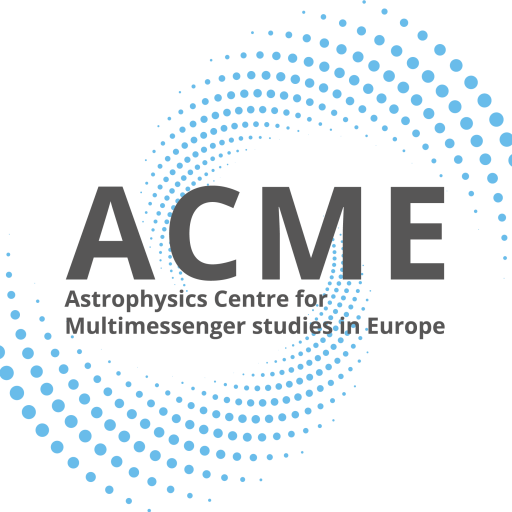The Instituto Galego de Física de Altas Enerxías (IGFAE) is a consortium of the Xunta de Galicia and the Universidade de Santiago de Compostela (USC) comprising about 150 scientists. It has been awarded twice the prestigious Maria de Maeztu distinction and is fully committed to excellence in research. It has a leading role in several research lines related to particle, nuclear and astroparticle physics, both in theory and experiment, with important participation in world leading initiatives, in particular the Pierre Auger Observatory and the LIGO-Virgo-KAGRA network in direct relation with multi-messenger astrophysics. IGFAE scientists are heavily engaged in the detection of inclined showers, in the implications of cosmic ray showers for particle physics and in the search for neutrinos with the Pierre Auger Observatory. There is also a strong involvement and expertise in the simulation of coherent radio pulses from high energy showers, with the aim of exploiting its potential for detecting high-energy cosmic rays and neutrinos. Additionally, the LIGO group at IGFAE is involved in the development of analysis pipelines for detecting gravitational wave events.
Main contact for TNA call: Enrique Arregui Zas
Available expertise
The astroparticle physics group at IGFAE has been a founding member of the Pierre Auger Observatory since 1995, playing a crucial role in proposing and leading the development of methods to detect high energy neutrinos by searching for inclined showers. It is responsible for the analysis of cosmic ray showers that arrive with zenith angles above 60⁰ and for the search for neutrinos. It is also responsible for the physics coordination of Auger, as well as co-leading the Multi-Messenger and the Neutral Particles task forces.
The IGFAE is one of the centers of the Astrophysics Center for Multi messenger studies (ACME). The institution is committed to providing expertise in the analysis and interpretation of data collected with the Pierre Auger Observatory for Multi-messenger studies. The IGFAE can provide support for event selection, reconstruction, neutrino identification and exposure calculations. Additionally, it can provide support for simulation of coherent radio pulses from high energy showers as well as propagation of neutrinos and leptons in media. Specifically, IGFAE can provide support for:
- Access, reconstruction methods and interpretation of open data for inclined showers.
- Access to archival data subject to approval.
- Selection procedures to search for neutrino candidates.
- Follow-up observations of multi-messenger phenomena.
- Calculation of effective apertures for atmospheric and Earth skimming neutrinos.
- Simulation of lepton and neutrino processes in media.
- Simulation of coherent radio pulses from showers.
When necessary, connections/links/contact to other members of the Pierre Auger Collaboration will be provided for more specialized support in other expertise areas, should they turn out to be relevant.
Available tools
-
Open data archive (VA)
-
10% of the air shower data:
-
SD-1500 m array with theta < 60⁰ for energies exceeding 3 EeV
-
SD-1500 m array with 60⁰ < theta < 80⁰ for energies exceeding 4 EeV
-
SD-750 m array with theta < 40⁰ for energies exceeding 0.8 EeV
-
Golden hybrid data with theta < 60⁰ (both FD and SD reconstruction).
-
- 100% of weather and space weather data.
- Python scripts for sample analysis.
-
-
Offline Software
-
This is the official platform (proprietary) for running reconstruction and the simulation of air shower events.
-
-
Simulation of coherent radio pulses:
-
ZHS is an electromagnetic shower simulation program specifically designed to calculate coherent radio pulses in homogeneous media.
-
ZHAireS is an air shower program based on AIRES shower Monte Carlo, that incorporates the well-known ZHS algorithm to simulate coherent radio pulses.
-
-
Simulation of lepton propagation:
-
NuTauSim is a program to simulate Tau neutrino and Tau lepton propagation in the Earth, relevant for Earth skimming neutrinos.
-
NuLeptonSim is an enhancement of NuTauSim that also accounts for muon propagation and takes into consideration the muon released in tau decay
-
Involved scientists





